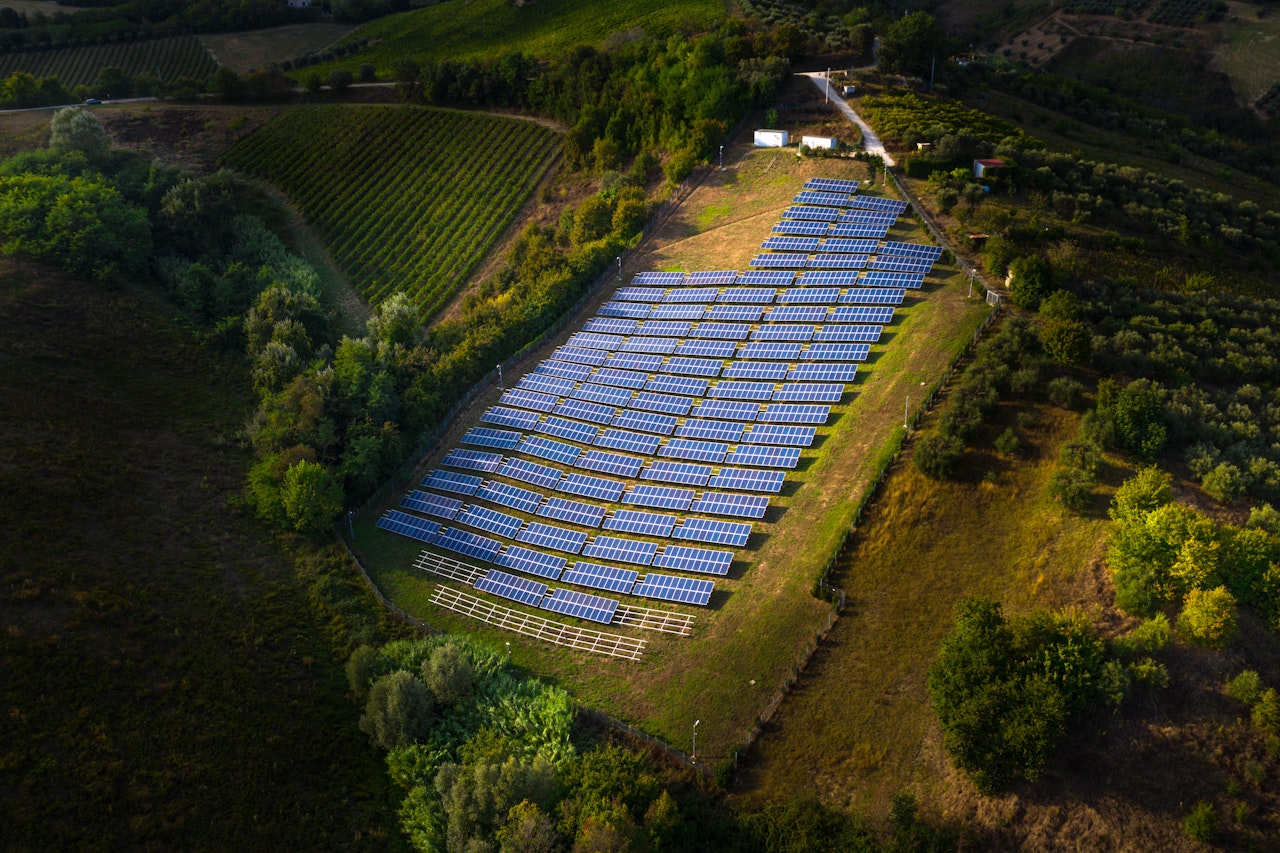Renewable energy market update
Outlook for 2020 and 2021

This report is part of Renewables 2020
About this report
Given ongoing uncertainty, the forecasts for 2020 and 2021 will be updated in the second half of the year to reassess recent market and policy developments.
Key findings
- The Covid-19 crisis is hurting – but not halting – global growth in renewable power capacity. The number of new renewable power installations worldwide is set to fall this year as a result of the unprecedented Covid-19 crisis, marking the first annual decline in 20 years. But, given supportive government policies, growth is expected to resume next year as most of the delayed projects come online.
- In 2020, the IEA forecasts net additions of renewable electricity capacity to decline by 13% compared with 2019. The decline reflects delays in construction activity due to supply chain disruption, lockdown measures and social‑distancing guidelines, and emerging financing challenges. This nevertheless corresponds to a 6% increase in global installed renewable power capacity, which surpasses the combined size of power systems in both North America and Europe.
- In 2021, renewables are expected to show their resilience – the majority of the delayed projects are expected to come online, leading to a rebound in new installations. As a result, next year is forecast to reach the same level of renewable electricity capacity additions as in 2019. Despite the rebound, combined growth in 2020 and 2021 is almost 10% lower compared to the previous IEA forecast published in October 2019.
- Solar PV and wind account for 86% of global renewable capacity additions this year, but their annual expansion is forecast to decline by 17% and 12% respectively compared to 2019. The forecast expects utility-scale PV and wind to rebound as the majority of projects in the pipeline are already financed and under construction. However, forecast uncertainty remains for projects that were due to achieve financial close in 2020 and become operational next year. Moreover, total PV additions in 2021 are expected to fall short compared to 2019 due to slower recovery of distributed PV applications, as individuals and small business are expected to reprioritise investment decisions.
- The impact of Covid-19 on renewable electricity technologies with long lead times, such as hydropower, offshore wind, CSP and geothermal, remains limited. Hydropower capacity additions are forecast to increase both in 2020 and 2021, driven by the commissioning of two mega hydropower projects in China and supporting the rebound of renewables next year. The forecast for offshore wind remains unchanged as most projects are already financed and under construction.
- The Covid-19 crisis has radically changed the global context for biofuels. Transport biofuel production is anticipated to contract by 13% in 2020, the first decrease in output in two decades. Gasoline demand is forecast to fall by 9% in 2020 and diesel demand by around 6%. This, in turn, limits biofuel consumption resulting from mandate policies. Some of the impacts from the Covid-19 pandemic could be temporary. If a rebound in transport fuel demand occurs in 2021, biofuel production could return to 2019 levels. However, this would still be 5% lower than the output anticipated in our forecast for 2021 prior to the Covid-19 crisis. Longer‑term implications for growth may arise from the suspension of new policy initiatives in some countries due to low oil prices.
- Renewable heat consumption is also likely to decline in 2020. The industrial sector is expected to consume less renewable heat as lower commercial, industrial and construction activity during lockdown results in a demand shock for most heat-intensive industries. Moreover, current low oil and gas prices are affecting the cost-competitiveness of renewable heat fuels and technologies: many planned investments to switch from fossil fuel heating to renewable or electric solutions are likely to be postponed or cancelled in the absence of stronger policies.
- At the start of this year, renewables in several markets were already facing challenges regarding financing, policy uncertainty and grid integration. Covid-19 is now intensifying these concerns. However, governments have the opportunity to reverse this trend by making investment in renewables a key part of stimulus packages designed to reinvigorate their economies. This offers the prospect of harnessing the structural benefits that increasingly affordable renewables can bring, including opportunities for creating jobs and economic development, while reducing emissions and fostering innovation.
Context
Renewables are not immune to the Covid-19 crisis, but they are more resilient
Renewables are not immune to the Covid-19 crisis, but are more resilient than other fuels. The IEA’s Global Energy Review 2020 projected renewables to be the only energy source to grow this year compared to 2019, in contrast to all fossil fuels and nuclear.
Globally, overall demand for renewables is expected to increase due to their use in the electricity sector. Even with end-use electricity demand falling significantly because of lockdown measures, low operating costs and priority access to the grid in many markets allow renewables to operate at near full capacity, enabling renewable generation to grow. This increased production is in part due to record-level capacity additions in 2019, a trend that was set to continue into this year. However, supply chain disruptions, construction delays and macroeconomic challenges increase the uncertainty about the total amount of renewable capacity growth in 2020 and 2021.
The IEA anticipates that consumption of transport biofuel and industrial renewable heat will be more acutely impacted by an economic downturn than will renewable electricity. Lower transport fuel demand directly affects the prospects for biofuels such as ethanol and biodiesel, which are mostly consumed blended with gasoline and diesel. Renewables directly used for heat processes mostly take the form of bioenergy for the pulp and paper, cement, textile, food and agricultural industries, all of which are exposed to demand shocks. Suppression of global demand has a stronger impact on biofuels and renewable heat than it does on renewable electricity. This impact will critically depend on the duration and stringency of lockdowns and the pace of economic recovery.